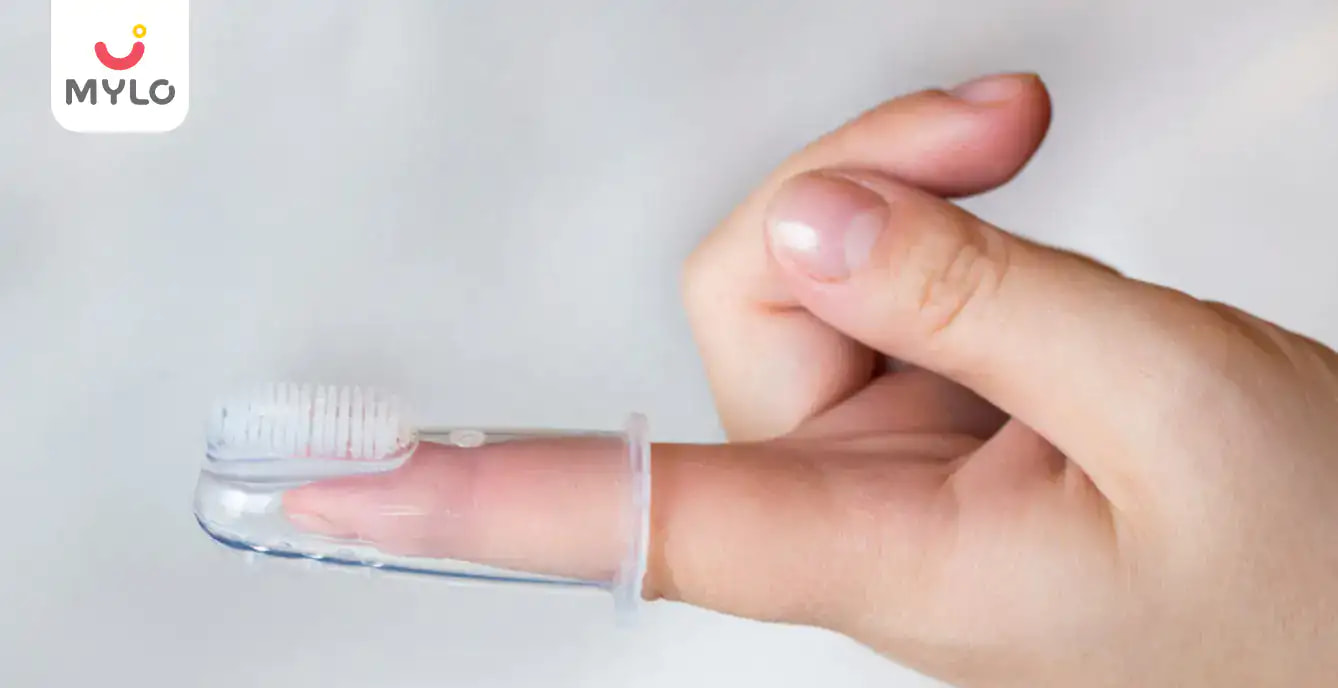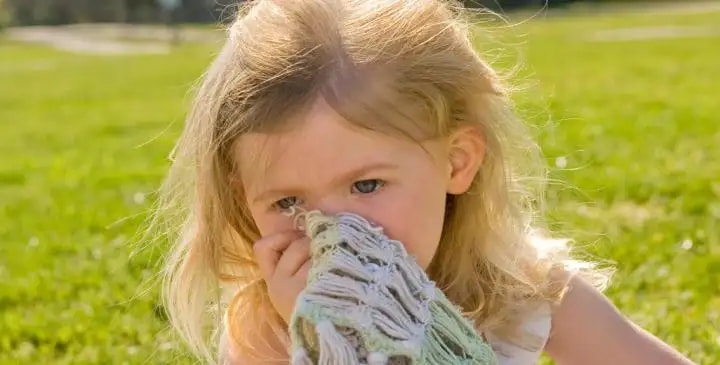Home

Teething

A Parent's Guide to Teething Symptoms, Age, Chart & Remedies
In this Article

Teething
A Parent's Guide to Teething Symptoms, Age, Chart & Remedies
Updated on 31 May 2024
As a parent, you eagerly wait for all your baby’s first milestones, from the first smile to the first tooth. While spotting a baby first tooth can be exciting for parents, it can be a painful process for babies. Knowing when do babies start teething, some common baby teething symptoms and baby teething remedies can help you provide the best care for your little one when their teeth erupt.
Teething Meaning
Teething is when a baby’s milk or primary teeth erupt or come through their gums. It is also known as “cutting” of the teeth and is medically called odontiasis. Interestingly, these primary set of teething start to form during pregnancy itself but their eruption takes place later.
When Do Babies Start Teething?
Not all babies get their first tooth around the same time, but a general timeline of tooth eruption is 4-10 months. You can expect your baby’s first tooth to appear around 6 months of age. And you can expect baby teething symptoms several days before your baby’s tooth erupts.
You may also like: Don't Fall for These 7 Common Teething Myths
Teething Symptoms
Just as the time a baby starts teething differs among babies so do the symptoms. While some babies may feel no pain, some might experience tender gums and pain that can last for weeks. Here are some common signs baby is teething:
1. Rubbing their gums
Although babies are known to put things in their mouth, rubbing things or fingers on their gums might be a telltale sign of teething. You may also notice your little one bringing their hands to mouth and rubbing the cheek and ear region.
2. Increased drooling
Drooling is another telling sign of teething. Some babies drool so much that they may even soak their clothes and develop a rash from all that excess moisture. So, ensure you keep your baby’s mouth and chin dry and change their clothes if they’re soaked.
3. Swollen or red gums
As the teeth move beneath the surface of the gums before they erupt, the gums may appear red or swollen.
4. Crankiness
If your baby is otherwise healthy and displays uncharacteristic crankiness, it might be that their teeth are erupting.
5. Decreased sleep
Babies often become restless during the teething process and may find it hard to sleep due to the discomfort and pain.
6. Loss of appetite
If your baby suddenly decides to go on a feeding strike, teething might be the reason. They might find it irritating to eat with sore gums and decide to refuse food altogether.
7. Mild rash
You may also notice a mild rash around your baby’s mouth while they’re teething. This is not a direct result of teething but caused due to excessive drooling.
If you notice two or more of these symptoms, your baby is likely to be teething. While some parents also associate fever and diarrhea with teething, it is not among the teething symptoms.
You may also like: Baby Oral Care: When to Start Brushing Baby's Teeth
Tooth Eruption Chart
To give you a better idea of the timeline in which your baby’s teeth will erupt, here is a teething chart:
|
Type of Teeth |
Age of Eruption |
|
Central incisors |
6-12 months |
|
Lateral incisors |
9-16 months |
|
First molars |
13-19 months |
|
Canine teeth |
16-23 months |
|
Second molars |
22-24 months |
By the time your little one turns three, they will likely have 20 baby teeth. Between 6 to 12 years of age, these 20 baby teeth will be replaced by 32 adult (permanent) teeth.
You may also like: Home Remedies for Teething Babies That Really Work
7 Baby Teething Remedies
To make this three-year long teething process, pain-free and joyful for your little one, here are some remedies to soothe your teething baby:
1. Massaging baby’s gums
Teething babies often feel better when a gentle pressure is applied to their gums. You can do so by gently massaging your baby’s gums with a clean finger.
2. Using a chilled teether
There are several teething rings or teethers that the baby can chew on to help numb their gums. You can refrigerate (not freeze) them for 15-20 minutes to give a cooling sensation to your baby’s sore gums.
If you’re looking for a safe teething toy for your little one, then do try Mylo Baby Water-Filled Teether. Easy to grab and chew on, our teethers are made with 100% food grade material, soothe sore teething gums and have a textured surface to gently massage your baby’s tender gums.
3. Chewing on a cold washcloth
You can also wet a washcloth, wring all the excess water from it and place it in the refrigerator before offering it to your baby. The baby can chew on it for relief.
4. Offer a cold fruit
Babies’ diet takes a downturn during teething but offering them a cold fruit like banana can help both causes. You can also fill the fruit in a nibbler or fruit feeder to further soothe their pain and reduce choking risk.
5. Breastfeeding or bottle feeding
The sucking action is known to provide great relief to babies. So, continue to breastfeed (if you are) or bottle feed the baby. Just ensure that the nipple isn’t too cold if you’re using a feeding bottle.
6. Over-the-counter remedies
You can also consult your pediatrician for safe teething gels or creams that can relieve your baby’s teething pain. Sometimes, if the pain is severe, the doctor may need to suggest pain relief medications.
7. Create a comforting environment
Your baby’s experiencing great discomfort when their teeth erupt so, ensure you provide them with a comforting, calming environment. Shower them with extra cuddles, rocking motions and soothing music.
You may also like: A Parent's Guide on When to Use Teether for Baby
Final Thoughts
Teething is the beginning of your baby’s foodie future. With healthy teeth, your baby will be able to explore and enjoy different foods as they grow up. So, keep an eye out on your baby’s teething symptoms and provide extra care and comfort to them during this process. Let teething be a milestone you remember with a smile and not tears.

Teether for Kids PO2 - Ring + Hot Air Balloon
₹ 300

4.0
(759)


4903 Users bought



Written by
Anupama Chadha
Anupama Chadha, born and raised in Delhi is a content writer who has written extensively for industries such as HR, Healthcare, Finance, Retail and Tech.
Read MoreGet baby's diet chart, and growth tips

Related Articles
RECENTLY PUBLISHED ARTICLES
our most recent articles

Teething
Toddler Teething: What to Expect and How to Help
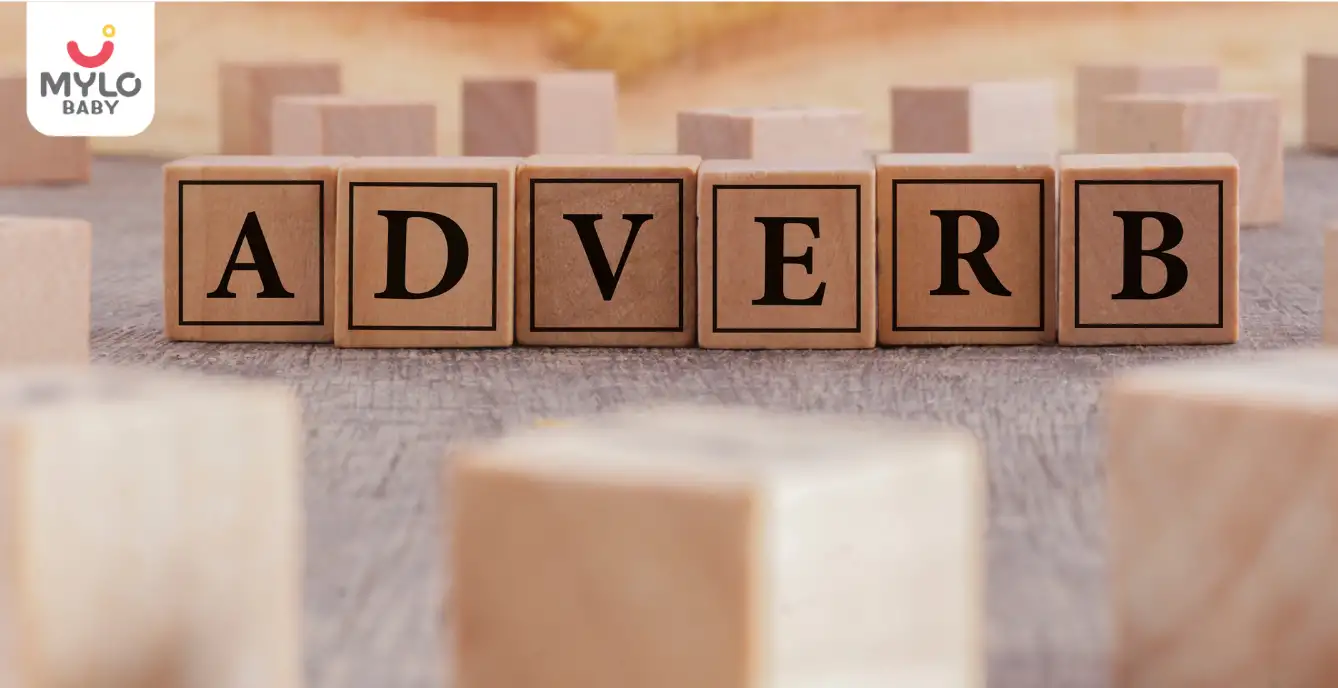
Early Education
Adverbs: A Comprehensive Guide to help small children learn the usage of adverbs
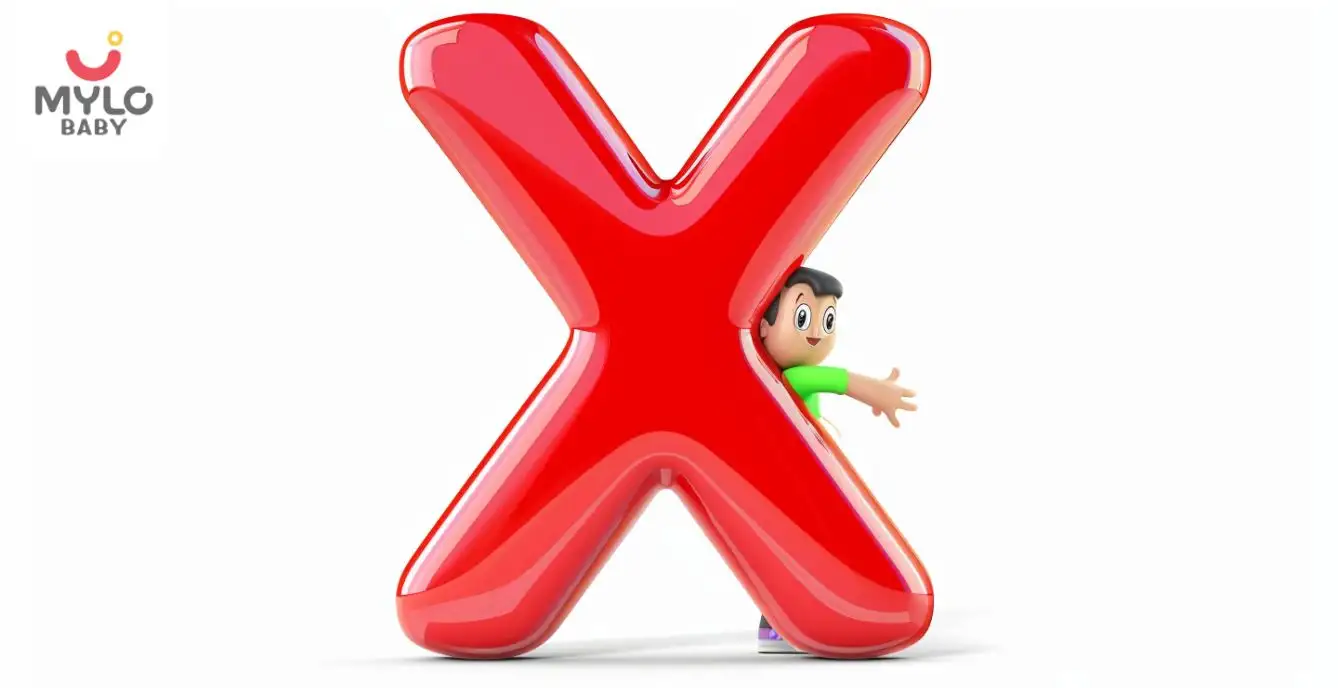
Early Education
Expand Your Child's Vocabulary with words that start with X: Easy, Positive, and Engaging Words, Animals, Countries, and Fruits

Early Education
Unlocking Language Proficiency: The Ultimate Guide to Top 100 Sight Words for Kindergarten and Beyond
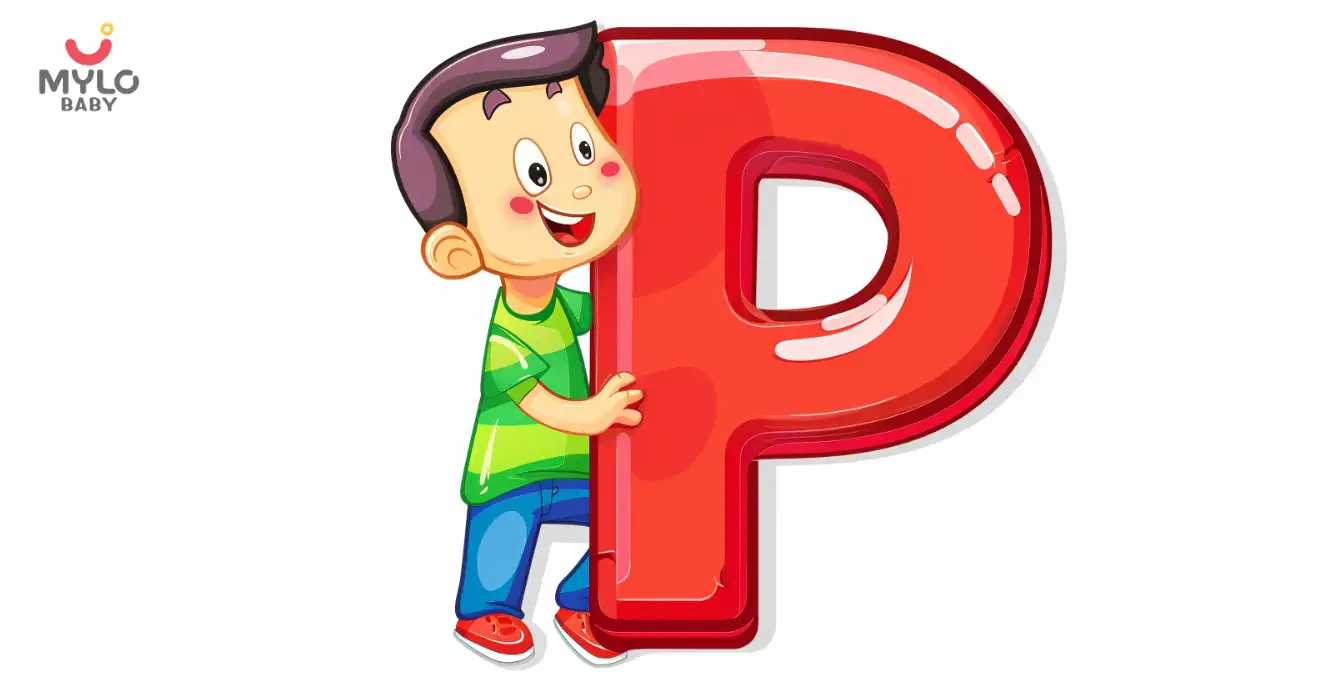
Early Education
Exploring Common Words that Start with P to Enhance Vocabulary in Small Children

Early Education
100+ Common Words that start with L to Enhance the Vocabulary of Small Children
- 100 Common Words that start with 'C' for Small Children
- List of 100+ Common Words that start with 'D' for Small Children
- 100 Common Words that start with 'S' for enhancing vocabulary in small children
- List of Most Common Words that start with v for small children
- Common Words that start with n for enhancing learning in small children
- Words that start with O for early learning in small kids
- 100 Common words that start with 'R' for Small Kids
- 100 Common words that start with 'U' for Small Kids
- Common words that start with Y for Vocabulary Enhancement in Small Children
- List of Common Q Words to Enhance Small Children's Vocabulary
- Common Maths Shapes and the Benefits of Teaching Shapes to Small Children
- Common Words that start with 'M' for Enhancing your Child's Vocabulary
- How to Stop Postpartum Bleeding Faster?
- Things to avoid in early pregnancy to avoid miscarriage


AWARDS AND RECOGNITION

Mylo wins Forbes D2C Disruptor award

Mylo wins The Economic Times Promising Brands 2022
AS SEEN IN
















- Mylo Care: Effective and science-backed personal care and wellness solutions for a joyful you.
- Mylo Baby: Science-backed, gentle and effective personal care & hygiene range for your little one.
- Mylo Community: Trusted and empathetic community of 10mn+ parents and experts.
Product Categories
baby carrier | baby soap | baby wipes | stretch marks cream | baby cream | baby shampoo | baby massage oil | baby hair oil | stretch marks oil | baby body wash | baby powder | baby lotion | diaper rash cream | newborn diapers | teether | baby kajal | baby diapers | cloth diapers |





